
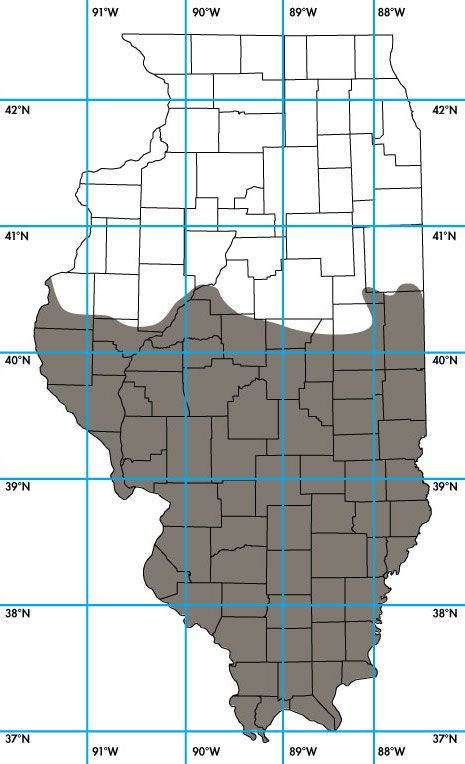
The nine-banded armadillo (Dasypus novemcinctus) has become a recent addition to the native fauna of Illinois as an inferred response to global climate change. As a South American species of recent incursion into the continental United States, little is known about the effect of this species on native Illinoian wildlife and habitat. Because of this lack of knowledge, the northward expansion of armadillos has become a concern to wildlife managers. In addition, members of the general public are apprehensive about this newcomer due to armadillos being known to carry diseases that are infectious to humans.

Anticipating the armadillos’ arrival in new areas is important to both minimize human-wildlife conflict and manage wildlife habitat in areas that contain populations of sensitive species. Funded by the Federal Aid in Wildlife Restoration program distributed through the Illinois Department of Natural Resources, researchers at Southern Illinois University Carbondale (SIUC) are working to address this issue. Spatial distribution models are being utilized to identify the potential present and future distribution of nine-banded armadillos in Illinois. These models use known location points from trail camera photos, resident sightings and roadkill locations. The locations are analyzed in conjunction with various habitat factors that include landcover types, human impact, soil type, and climate factors such as annual temperature and precipitation. The result is a “heat map” that forecasts the likelihood of the presence of armadillos in an area based on the characteristics of the surrounding habitat. Each area on the map will have a value scaling from 0 to 1. A value of 0 signifies poor armadillo habitat, and therefore a low chance of armadillo presence, while a value of 1 is the highest chance of armadillo presence. This map will cover 51 counties in the southern and central portion of Illinois. These counties exist below 40°N, which is the predicted limit of how far north armadillos will disperse in Illinois based on average yearly precipitation and average January temperatures. It is anticipated that the result will be closely associated with riverine and forested habitat, as armadillos are known to inhabit bottomland forests.

Photo courtesy of Carly Haywood.
To address public concern, SIUC researchers are also collecting roadkill specimens to test for two diseases known to infect both armadillos and humans. These are Hansen’s Disease, otherwise known as leprosy, and Chagas’ Disease. Leprosy is caused by a bacterium called Mycobacterium leprae. Specimens collected in Illinois have been screened for antibodies of M. leprae with a technique called ELISA; to date this bacterium has not been detected in wild populations in Illinois. It is not anticipated that any armadillos in Illinois will be positive for leprosy, as most cases are limited to west of the Mississippi river in coastal areas. On the other hand, Chagas’ disease is caused by the blood parasite Trypanosoma cruzi, which is present in Illinois. The heart and spleen of armadillos have been screened for the presence of this pathogen’s DNA. Thus far we have not detected any sign of infection in armadillos in the 75 individuals that have been tested. It has been inferred that armadillos have yet to come in contact with the disease due to the low density of armadillo populations in Illinois.
Carly Haywood is a master’s student in the zoology department at Southern Illinois University-Carbondale. She also earned her bachelor’s degree in zoology at SIUC. Her thesis focuses on the disease ecology and spatial distribution of the nine-banded armadillo in Illinois. Her broad research interests involve wildlife conservation and management. She is co-advised by Dr. Agustín Jiménez and Dr. Clay Nielsen.





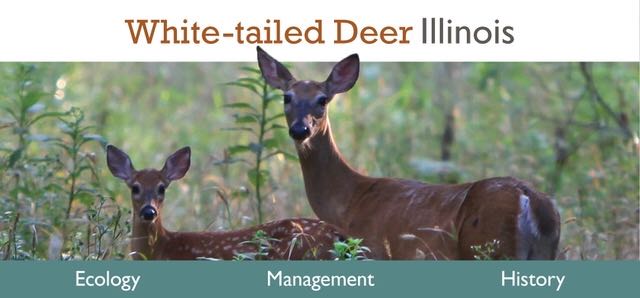
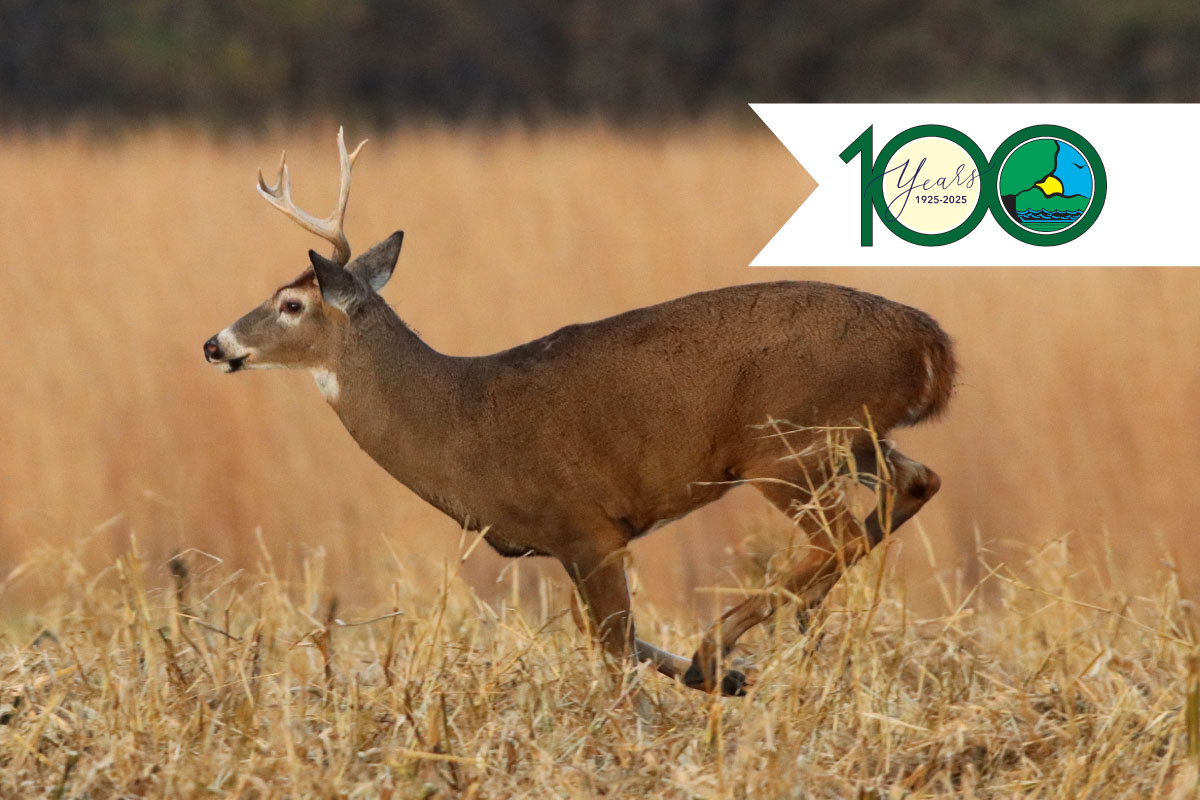
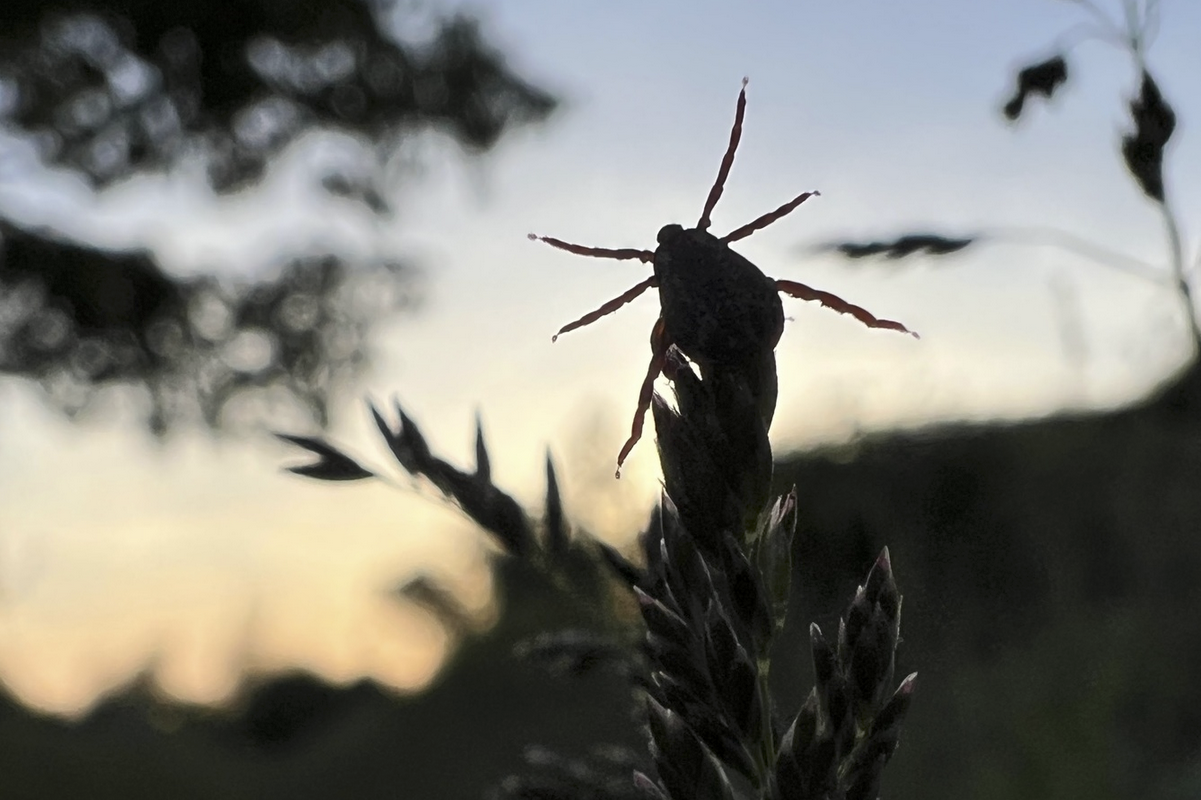
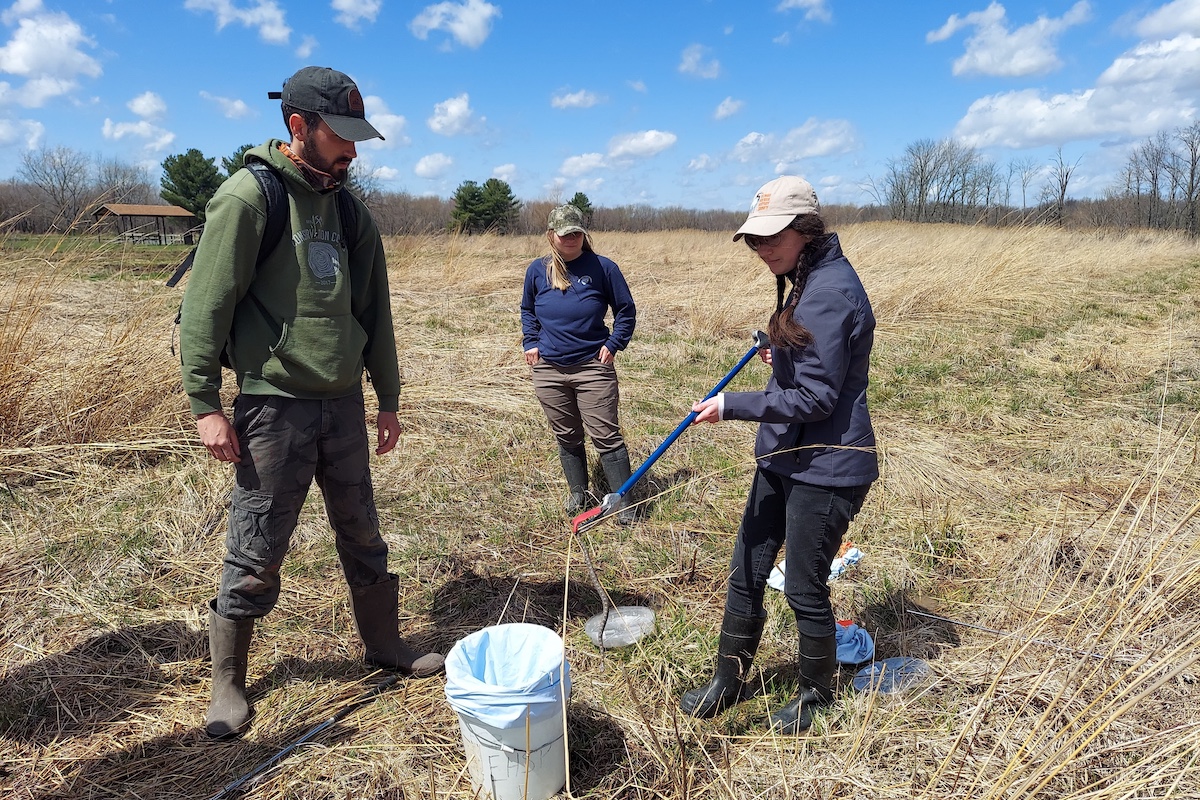
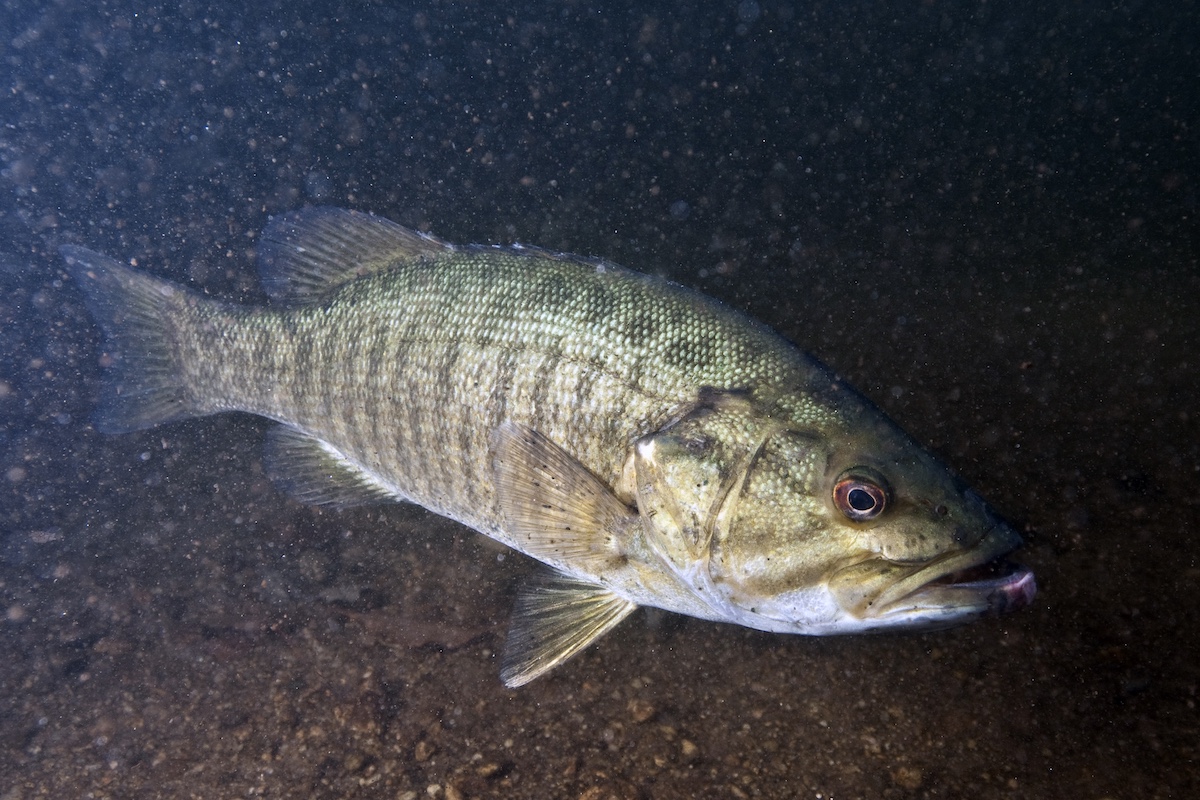

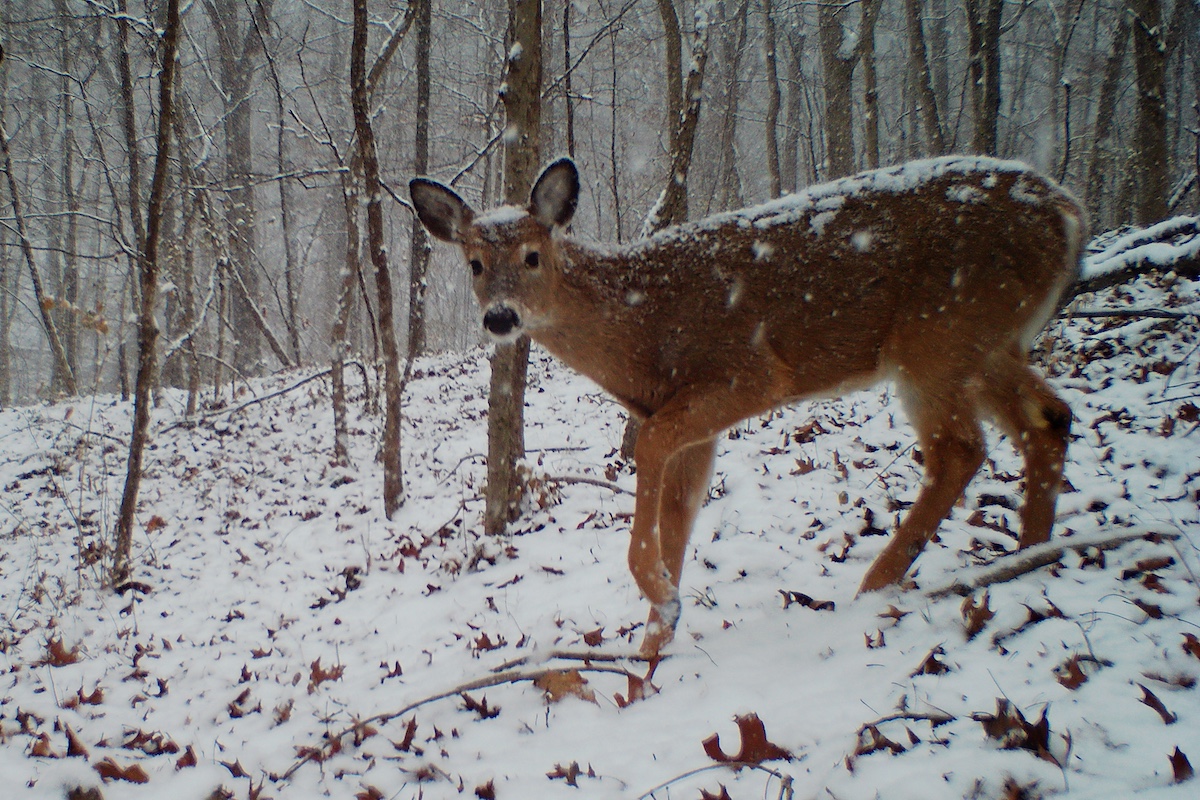
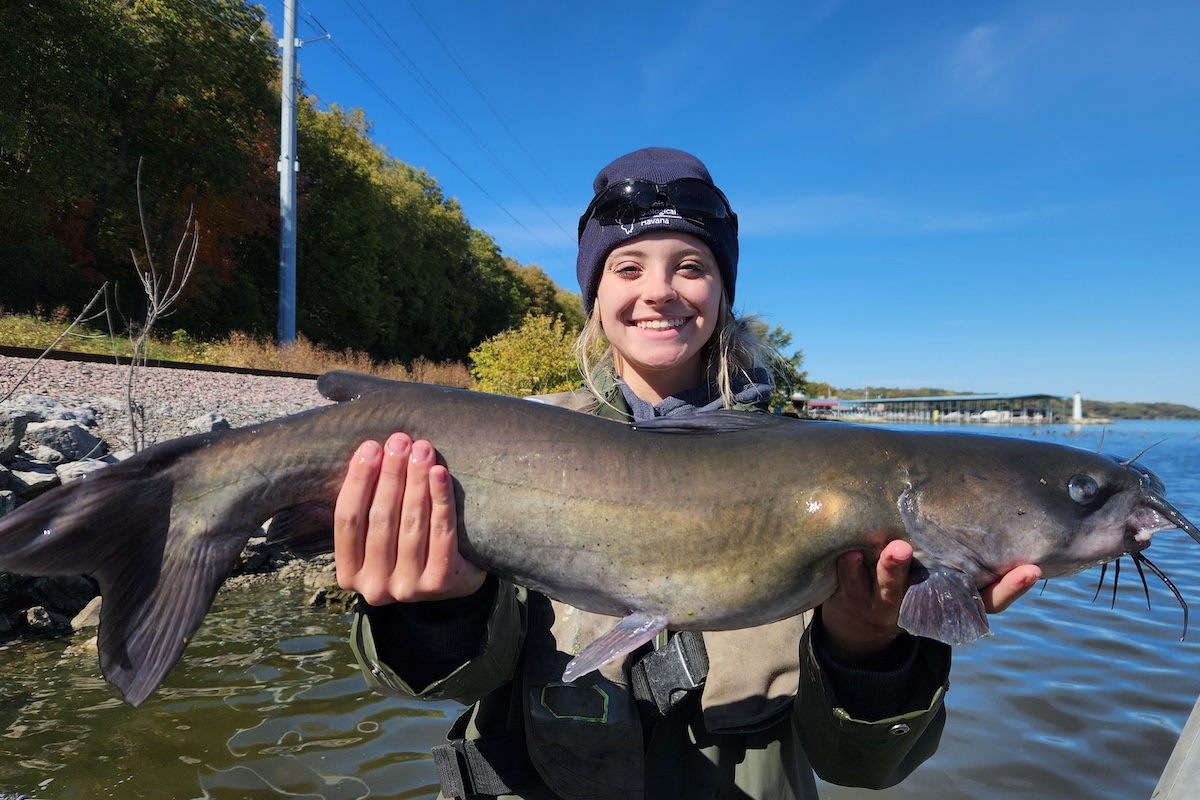
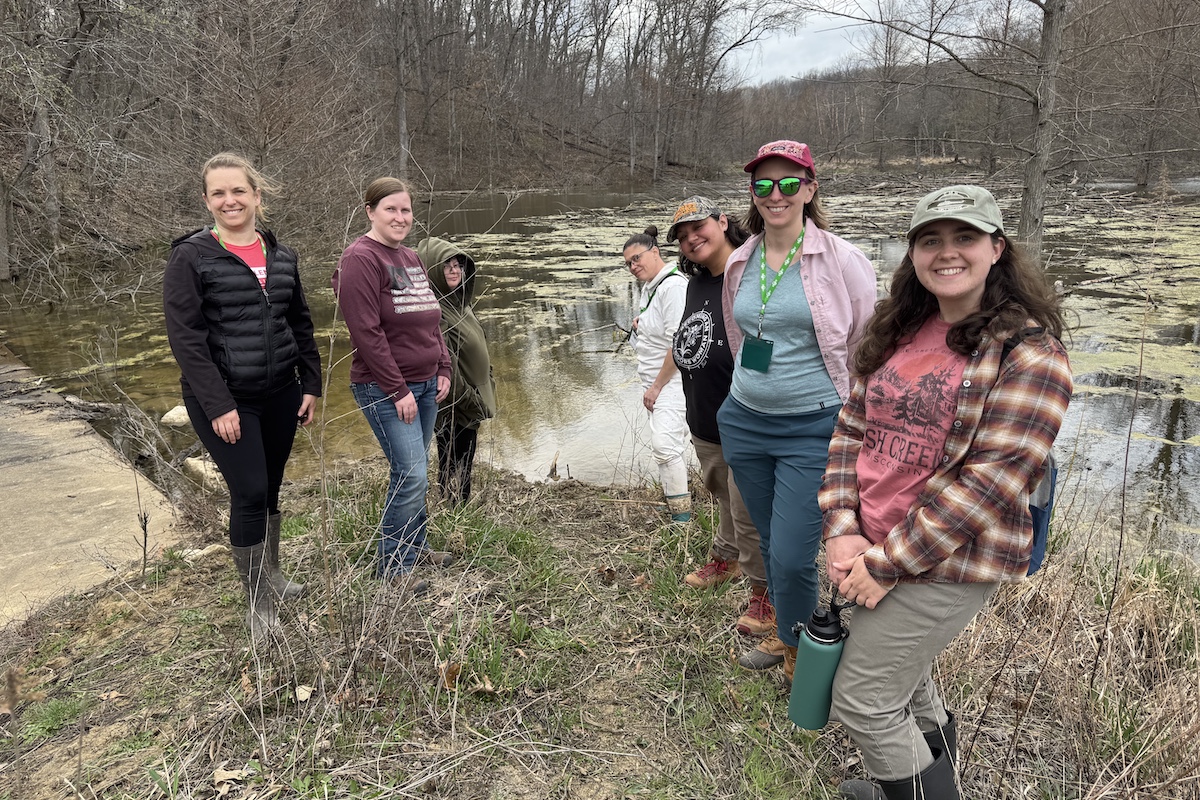


Submit a question for the author